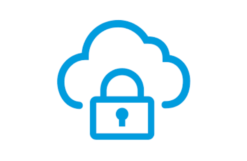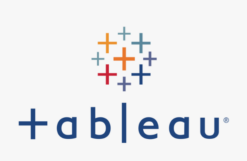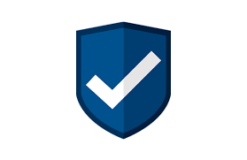Duration: 4 days – 28 hrs
Overview
This comprehensive Linux Operating System Installation and Administration training course provides participants with the essential skills and knowledge to install, configure, and manage Linux systems effectively. Through a combination of theoretical instruction, hands-on labs, and real-world scenarios, participants will gain proficiency in Linux administration, preparing them for various roles in IT and system management.
Objectives
- Understand the fundamentals of the Linux operating system, its open-source nature, and key distributions.
- Master the process of installing Linux, including disk partitioning, filesystem selection, and post-installation configurations.
- Develop essential command-line skills for navigating the file system, performing file manipulations, and utilizing basic utilities.
- Learn to create and manage user accounts, handle group administration, and implement user authentication and permissions.
- Explore package management systems (e.g., APT, YUM), install, update, and remove software packages, and manage dependencies.
- Acquire skills in monitoring system resources, analyzing performance, and implementing strategies for performance tuning.
- Understand Linux filesystem hierarchy, manage disk space, and explore advanced storage concepts like Logical Volume Management (LVM).
- Configure network interfaces, set up firewalls, secure SSH, and implement basic network services (DNS, DHCP).
- Develop proficiency in writing and executing shell scripts, automate repetitive tasks, and schedule jobs with cron.
- Learn backup strategies and tools, perform full and incremental backups, and understand system recovery and restore procedures.
- Gain an introduction to virtualization, set up and manage virtual machines, and explore containerization using Docker.
- Explore advanced Linux kernel concepts, understand cloud computing with Linux, and integrate Linux with emerging technologies like IoT and AI.
Audience
- System Administrators
- Network Administrators
- IT Support Staff
- DevOps Engineers
- IT Managers and Team Leads
- Software Developers
- IT Enthusiasts and Hobbyists
- Graduates and Students
- Small Business Owners
- Entrepreneurs managing their own business IT infrastructure who want to optimize Linux systems.
- Anyone Transitioning to Linux Environments
- Individuals transitioning from other operating systems to Linux and need comprehensive training.
- Technical Professionals
Pre- requisites
- Basic understanding of information technology concepts.
- Familiarity with business and organizational processes.
- No prior experience in systems analysis and design required.
Course Content
Chapter 1: Introduction to Linux Operating Systems
- Overview of Linux distributions (Ubuntu, CentOS, Debian, etc.)
- Understanding the Linux file system hierarchy
- Introduction to open-source principles and community
Chapter 2: Preparing for Installation
- System requirements and hardware compatibility
- Creating installation media (USB/DVD)
- Dual-boot setups and considerations
Chapter 3: Installing Linux OS
- Step-by-step installation process (Ubuntu/CentOS/Debian)
- Disk partitioning and file system choices (ext4, etc.)
- Post-installation setup and basic configurations
Chapter 4: User and Group Management
- Creating and managing user accounts
- Understanding file permissions and ownership
- User and group administration commands
Chapter 5: Package Management
- Package managers (APT, YUM, DNF, etc.) and repositories
- Installing, updating, and removing software packages
- Resolving dependencies and managing software sources
Chapter 6: File Systems and Storage Management
- Understanding disk management tools (fdisk, parted, etc.)
- Filesystem concepts (ext4, Btrfs, XFS, etc.)
- Managing storage devices and volumes (LVM, RAID)
Chapter 7: Networking and Connectivity
- Configuring network settings (IP addressing, DNS, etc.)
- Managing network interfaces and connections
- Firewall configuration and basic network troubleshooting
Chapter 8: System Maintenance and Updates
- Linux update mechanisms (apt-get, yum, dnf, etc.)
- Monitoring system performance (top, htop, etc.)
- Troubleshooting common system issues
Chapter 9: Security and Permissions
- Implementing basic security measures
- Access control lists (ACLs) and file permissions
- Introduction to SSH and securing remote access
Chapter 10: Backup and Recovery
- Backing up data and system configurations
- Recovery options and tools (grub rescue, Live CDs, etc.)
- Disaster recovery planning and best practices








